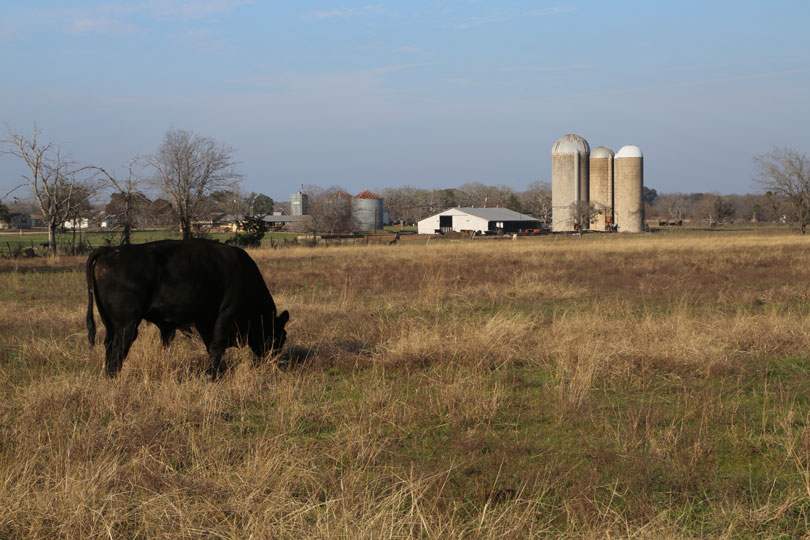By Jessica Domel
Multimedia Reporter
After eight months, Japanese officials will once again lower the tariff they levied on frozen American beef from 50 to 38.5 percent.
The reduced tariff will begin on April 1, the start of the new Japanese fiscal year.
The tariff increase, which started in August, was the result of increased sales of frozen beef in Japan, which triggered a safeguard measure.
“The safeguard is nothing new. This is something that Japan has had in place, and the terms under which it is a member of the World Trade Organization. They have an applied tariff of 38.5 percent on both frozen and chilled beef,” Joe Schuele, vice president of Communications for the U.S. Meat Export Federation (USMEF), said in an interview with the Texas Farm Bureau (TFB) Radio Network. “They have safeguards in place so that if Japanese imports in a particular quarter go up by a certain percentage above what they were in the corresponding quarter of the year before, it triggers the safeguard.”
The safeguard then increases tariffs on the frozen or chilled beef to 50 percent.
Last year was the first time in a long time the safeguard was triggered.
“It was just unfortunate. It one sense, we’re kind of a victim of our own success because the large growth in U.S. exports to Japan was largely responsible for that,” Schuele said.
Frozen beef from Canada and New Zealand to Japan was also factored in under the safeguard.
“It was really the growth of U.S. exports that contributed the most to the trigger of the safeguards. In that sense, it was great. It was a great year in Japan. We had a lot of great success, but when that happens, we are at risk of triggering this higher tariff,” Schuele said.
Increased demand for the beef short plates the U.S. exports to Japan helped drive the increases seen in 2017 that triggered the safeguard.
“I really have to tip my cap to the Japanese consumer for the results that we’ve had there,” Schuele said. “You’re basically talking about almost a 40 percent tax that goes on top of our product and when it enters Japan. So, for us to even be overcoming that obstacle is pretty impressive. As strange as it sounds to have a tariff dropping to 38.5 percent, we’ll certainly welcome that result at the end of the month.”
In Japan, the frozen beef belly cuts are often used by fast, casual beef bowl restaurants.
“It doesn’t command much domestic attention at all,” Schuele said. “We still sold a lot of that product, but I think the higher tariff is always going to put a little bit of a dent in demand. It’s going to cause the margins to be a little bit tighter on that product.”
Beef exports to Japan were outstanding in 2017 and are off to a good start in 2018, according to Schuele.
Although it would be easy to look to that and say trade wasn’t affected, that’s short-sighted, he said.
“Whenever the government takes an extra 11.5 percent off the top, somebody is going pay a price for that,” Schuele said. “To some degree, the Japanese consumer might have absorbed some of it. But in all likelihood, the margins got tighter on that product because importers are savvy business people. They’re not going to pick up that entire tab either.”
Everyone involved in the chain of transaction likely didn’t do as well due to the increased tariff.
“In terms of the volume, we think it had some impact on the volume of frozen beef,” Schuele said.
It also likely caused some shift to more purchases of chilled beef, which has a similar, but separate, safeguard.
“We like selling beef on a chilled basis. That tends to be a higher value product. But when you have a shift like that, it puts you more at risk of eventually triggering the chilled safeguard,” Schuele said. “I’d say it did definitely have some negative impact on trade. Although, overall, we can’t say enough about how great the Japanese market is performing. I would say that this is an obstacle that still was fa

